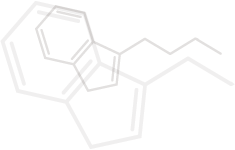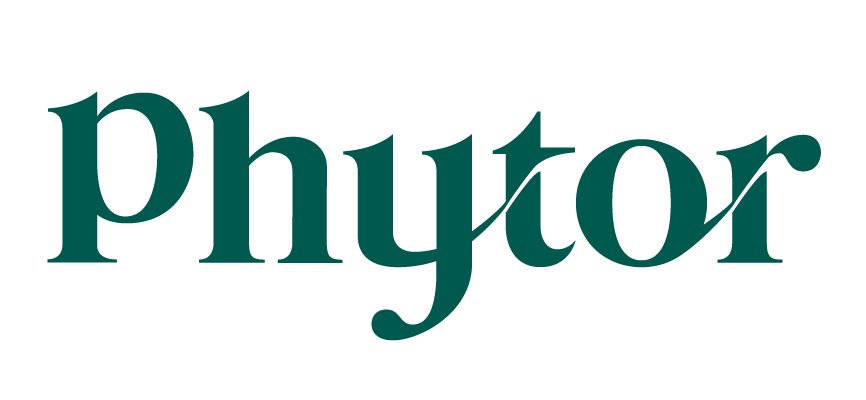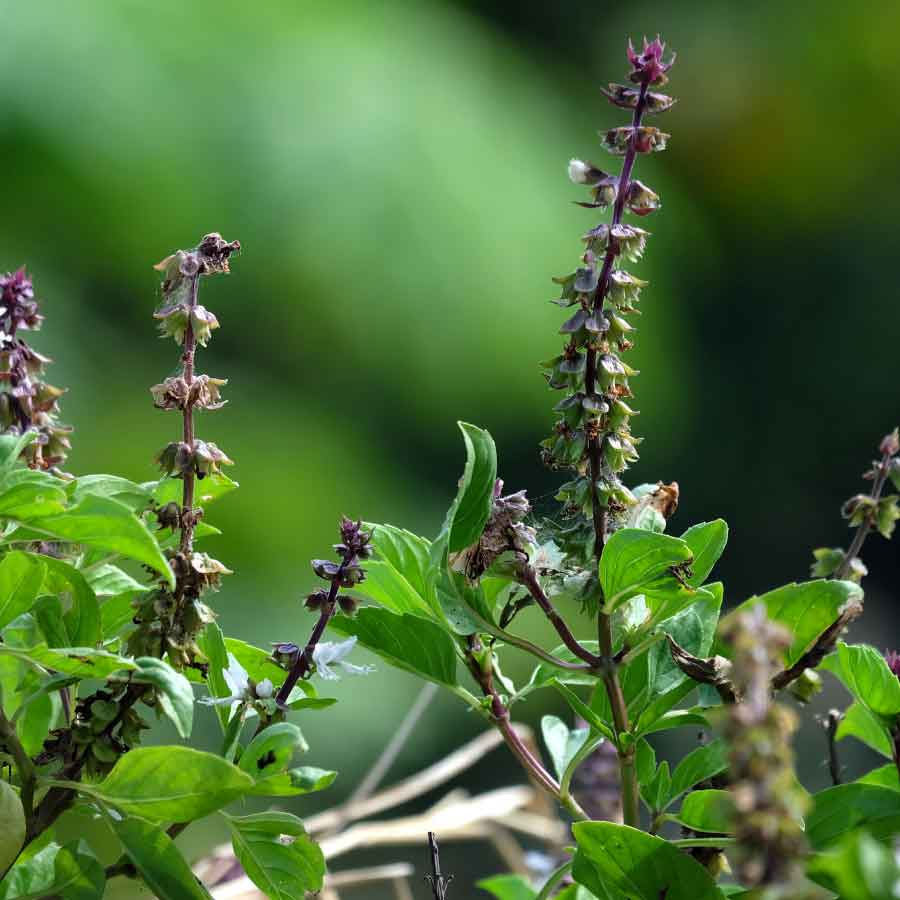PHYTOR WELLNESS MENOPAUSE 活性成分
我们筛选的每种草药都含有超过 3,000 种植物化合物
我们的草药配方中的多种化合物协同作用,以实现最大的治疗效果。

CLERODENDRANTHUS SPICATUS
Widely used for herbal tea brews (Java tea) in Southeast Asia. Used in Traditional Chinese Medicine for acute and chronic nephritis, cystitis, urinary tract stones, gallstones and rheumatoid arthritis.
Chinese Name: 猫须草 Māo xū cǎo
Contains high amount of flavones, polyphenols, bioactive proteins, glycosides, and vast quantities of potassium and rosmarinic acid.
Native: China, India, Southeast Asia, Australia
Plant Description: Perrenial shrub with glossy leaves and light violet to white flowers at its tips. Also known as “Cat’s Whiskers” due to its extremely long stamens.
Please refer to published research
Please refer to published research
Wang, L., Zhang, X., Li, Y. X., Xu, L. Q., Li, C. L., Zhang, Z. B., Liang, J. L., Su, Z. R., Zeng, H. F., & Li, Y. C. (2016). Aqueous Extract of Clerodendranthus spicatus Exerts Protective Effect on UV-Induced Photoaged Mice Skin. Evidence-Based Complementary and Alternative Medicine, 2016, 1–11. https://doi.org/10.1155/2016/9623957
Chen, W., Zhao, Y., Dai, Z., Zhou, Z., Zhu, P., Liu, Y., Zhao, L., & Luo, X. (2020). Bioassay‐guided isolation of anti‐inflammatory diterpenoids with highly oxygenated substituents from kidney tea (Clerodendranthus spicatus). Journal of Food Biochemistry, 44(12). https://doi.org/10.1111/jfbc.13511
HIBISCUS MUTABILIS
Both an ornamental and medicinal plant, Hibiscus mutabilis is valued particularly for its flowers, which change colour as the day progresses. It is used in folk medicine to treat lung ailments, leucorrhoea, and heavy menstrual bleeding.
Chinese Name: 木芙蓉花 Mù fú róng huā
Contains anthocyanin, leucoanthocyanidin, anthocyanidin, sterol-glucosides, lupinus, luteus, gibberellins, flavonol and naringenin-5,7-dimethyl-d-xylopyranosyl-l-darabino- pyranoside.
Native: Originally native to Southeast China, now widely cultivated.
Plant Description: Large multi-stemmed shrub with unique colour-changing flowers.
Please refer to published research
Please refer to published research
Raut, DN., Mandal SC., Pal SC., (2014). Phytochemical and pharmacological overview of hibiscus mutabilis linn. International Journal of Pharmaceutical Research and Bio-Science, vol 3(3):236-241. www.ijprbs.com
Iwaoka, E., Oku, H., Takahashi, Y., & Ishiguro, K. (2009). Allergy-Preventive Effects of Hibiscus mutabilis “Versicolor” and a Novel Allergy-Preventive Flavonoid Glycoside. Biological and Pharmaceutical Bulletin, 32(3), 509–512. https://doi.org/10.1248/bpb.32.509
An Illustrated Dictionary of Chinese Medicinal Herbs, Wee Yeow Chin & Hsuan Keng, CRCS Publications; 1992; ISBN: 0-916360-53-9 Plants for a Future Database
OCIMUM SANCTUM
Ocimum sanctum, vernacularly known as “Holy Basil”, is one of the most widely grown basil species globally. It is also known as “Tulsi” in Ayurveda, and is revered for its status as “Mother Medicine of Nature” , “The Queen of Herbs,” and an “elixir of life” for both its medicinal and spiritual properties.
Chinese Name: 圣罗勒 Shèng luó lè
Contains eugenol, ursolic acid, cirsilineol, rosmarinic acid, apigenin, myretenal, luteolin, carnosic acid, β-sitosterol, β-carotene and sterol.
Native: India
Plant Description: Green or purple elliptic leaves with tubular flowers.
Please refer to published research
Please refer to published research
Suryakumar, G., Rathor, R., Agrawal, A., Singh, S. N., & Kumar, B. (2019). Optimizing Performance Under High-Altitude Stressful Conditions Using Herbal Extracts and Nutraceuticals. Nutraceuticals and Natural Product Pharmaceuticals, 141–166. https://doi.org/10.1016/b978-0-12-816450-1.00005-2
Almatroodi, S. A., Alsahli, M. A., Almatroudi, A., & Rahmani, A. H. (2020). Ocimum sanctum: role in diseases management through modulating various biological activity. Pharmacognosy Journal, 12(5).doi:10.5530/pj.2020.12.168
- Pattanayak P, Behera P, Das D, Panda SK. Ocimum sanctum Linn. A reservoir plant for therapeutic applications: An overview. Pharmacogn Rev. 2010 Jan;4(7):95-105. doi: 10.4103/0973-7847.65323. PMID: 22228948; PMCID: PMC3249909.
MORUS ALBA
Morus alba has a long history of use in traditional Chinese medicine with records dating back to 659 AD. The ripen fruits of mulberry are used in Chinese traditional medicine to treat dizziness, premature gray hair, insomnia, dire thirst and constipation. The fruits are rich in polyphenolic compounds especially anthocyanins. Research has linked anthocyanins to numerous health benefits including cardiovascular health, mental focus and vision.
Chinese Name: 桑椹 Sāng shèn
Contains rutin, moracin, albanol A, chlorogenic acid, albosteroid, malic acid, gallic acid, cinnamic acid, p-hydroxybenzoic acid, catechin, procyanidin B1, quercetin, linoleic acid, palmitic acid, oleic acid and stearic acid.
Native: Originally native to Central and Northern China, it has since been cultivated in United States, Mexico and Australia.
Plant Description: White mulberry, oval-shaped panicle consisting of small and round individual fruits.
Please refer to published research
Sánchez-Salcedo, E. M., Mena, P., García-Viguera, C., Hernández, F., & Martínez, J. J. (2015). (Poly)phenolic compounds and antioxidant activity of white (Morus alba) and black (Morus nigra) mulberry leaves: Their potential for new products rich in phytochemicals. Journal of Functional Foods, 18, 1039–1046. https://doi.org/10.1016/j.jff.2015.03.053
Wei, M., Lu, Y., Mahady, G., Liu, D., & Zheng, Z. (2015). Astragalin reduces ovarian failure in an aged rat model of menopause by inhibiting granulosa cell apoptosis. Planta Medica, 81(11). https://doi.org/10.1055/s-0035-1556200
Wattanathorn, J., Kawvised, S., Thukham-mee, W. (2019). Encapsulated Mulberry Fruit Extract Alleviates Changes in an Animal Model of Menopause with Metabolic Syndrome. Oxidative Medicine and Cellular Longevity, 2019, 1-23. https://doi.org/10.1155/2019/5360560
ECLIPTA PROSTRATA
Traditionally used in herbal medicines of Asia and South America for the therapy of haemorrhagic diseases. Eclipta prostra is an important medicinal plant found in studies to alleviate hot flashes and depression associated with menopause.
Chinese Name: 墨旱莲 Mò hàn lián
Contains wedelolactone, desmethylwedelolactone, desmethylwedelolactone-7-glucoside, stigmasterol, ecliptine, β-amyrin, triterpenoid saponins and a variety of thiophene compounds.
Native: India, Nepal, China, Thailand, Brazil
Plant Description: Short-lived perennial herb with cylindrical, greyish roots with solitary flower heads.
Please refer to published research
Please refer to published research
Timalsina, D., & Devkota, H. P. (2021). Eclipta prostrata (L.) L. (Asteraceae): Ethnomedicinal Uses, Chemical Constituents, and Biological Activities. Biomolecules, 11(11), 1738. https://doi.org/10.3390/biom11111738
Kang, E. Y., Kim, H. K., Jung, J. Y., Kim, J. H., Woo, T. K., Choi, J. I., Kim, J. H., Ahn, C., Lee, H. G., & Go, G. W. (2021b). Combined Extract of Leonurus japonicus Houtt, Eclipta prostrata L., and Pueraria lobata Ohwi Improved Hot Flashes and Depression in an Ovariectomized Rat Model of Menopause. Foods, 10(1), 180. https://doi.org/10.3390/foods10010180
LIGUSTRUM LUCIDUM
Also known as Glossy Privet, the fruit of Ligustrum lucidum is used in traditional Chinese medicine to nourish the Liver and Kidney Yin. Studies have found the chemical components of its fruit to improve bone properties and calcium balance in postmenopausal women.
Chinese Name: 女贞 Nǚ zhēn
Contains oleanolic acid, ursolic acid, acetyloleanolic acid, acetylursolic acid, β-sitosterol, mannitol, racemic-eriodictyol, kaemperferol-3-O-glucoside, dextro-docofolin, quercetin, ligustroside, 10-hydroxy ligustroside, nuezhenide, oleuropein, 10-hydroxy olive Picroside, p-hydroxyphen-ethyl-β-D-glucoside, methyl-α-D-galactopyranoside and eugenol glycoside.
Native: East Asia
Plant Description: Evergreen tree with oval glossy leaves, bearing purplish berry-like drupes when matured.
Please refer to published research
Please refer to published research
- Che, C. T., & Wong, M. S. (2015). Ligustrum lucidum and its Constituents: A Mini-Review on the Anti-Osteoporosis Potential. Natural Product Communications, 10(12), 1934578X1501001. https://doi.org/10.1177/1934578×1501001242
- Chen, Q., Yang, L., Zhang, G., & Wang, F. (2012). Bioactivity‐guided Isolation of Antiosteoporotic Compounds from Ligustrum lucidum. Phytotherapy Research, 27(7), 973–979. https://doi.org/10.1002/ptr.4820







